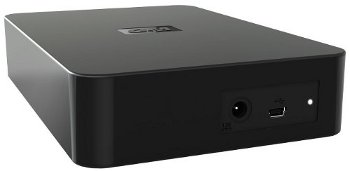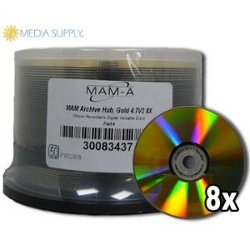You have just completed the hard work of completing the mix and producing quality masters for your recording. These masters are very important to you as they will be used every time you issue an official sound recording of your track. The main question now is: “How could I possibly preserved, backup or keep my sound recording masters for long term?”
Two important aspects of in sound recording backups
1.) In your backup, keep the highest resolution version of your masters. Follow the simple rules below:
a.) If the recording is done in 24-bit, 48KHz; then keep a backup of the master at 24-bit/48KHz. There should be no dithering or sample rate conversion applied to each tracks, the mixes and the completed master. This will ensure that you have the highest quality backups of your recording. By the time, you are planning to re-distribute the tracks or even do some remixes or remastering; you will simply use these backups.
Some recording studios record at even higher resolution, for example at 24-bit/96KHz or even 24-bit/192KHz (very rare). So the same rule applies, make sure the sample rate and bit depth of your backups is the same as used during the recording of the tracks.
b.) It is also worthwhile to keep a backup of the CD audio version of each project. This is not in highest resolution format but in 16bit/44.1Khz format. The primary reason for doing this backup is that CD is the most common distribution format that you will be providing to labels, recording outlets, fans, etc. This CD master should comply with the red book standard and is professionally mastered by your trusted mastering engineer.
In addition, the mastering engineer should also be providing you high resolution MP3 masters (e.g. done at 320kbps); this are also important masters that you should be doing some backups. MP3 masters are often used in digital/online distribution of music such as in iTunes, etc. You can burn a copy of these MP3 masters in a high quality data disc or DVD or even external hard drive (more details in the coming section).
In summary, below are the common formats that you should do the backups:
a.) WAV format at highest resolution (depending on the bit depth and sample rate the project was recorded, e.g. 24-bit/48KHz, 24-bit/44.1KHz or 24-bit/96Khz, etc.)
b.) CD audio master
c.) MP3 masters
2.) You need to store these masters in a “reliable” storage media. The following are good storage medium that could preserved the quality of your masters/recordings for the long term:
a.) External hard drives – you can purchase a high quality external/high capacity hard drive such as the Western Digital 2TB storage
b.) Archival DVD Gold plated disc – gold plated DVD has a guaranteed life span of 100 years. It is because gold does not oxidize or corrode under ordinary temperature and pressure that makes these DVD a very reliable way to store data. Since DVD is a high capacity physical storage medium. You can actually preserved or archived higher resolution digital formats such as 24bit/96Khz masters as well as your mixes. One of the best archival DVD is Mitsui Gold Archive 8x DVD-R. These discs will have a shelf life of more than 100 years. Store these discs in a very safe location such as a safe cabinet or locker.
c.) Gold CDR – gold plated CD is similar to DVD archival grade but it will have a lower capacity (usually around 650MB to 700MB). You can use this to store your CD audio masters that will be used for future replication. The recommended CD-R is Taiyo Yuden Gold CD disc for professional audio storage.

